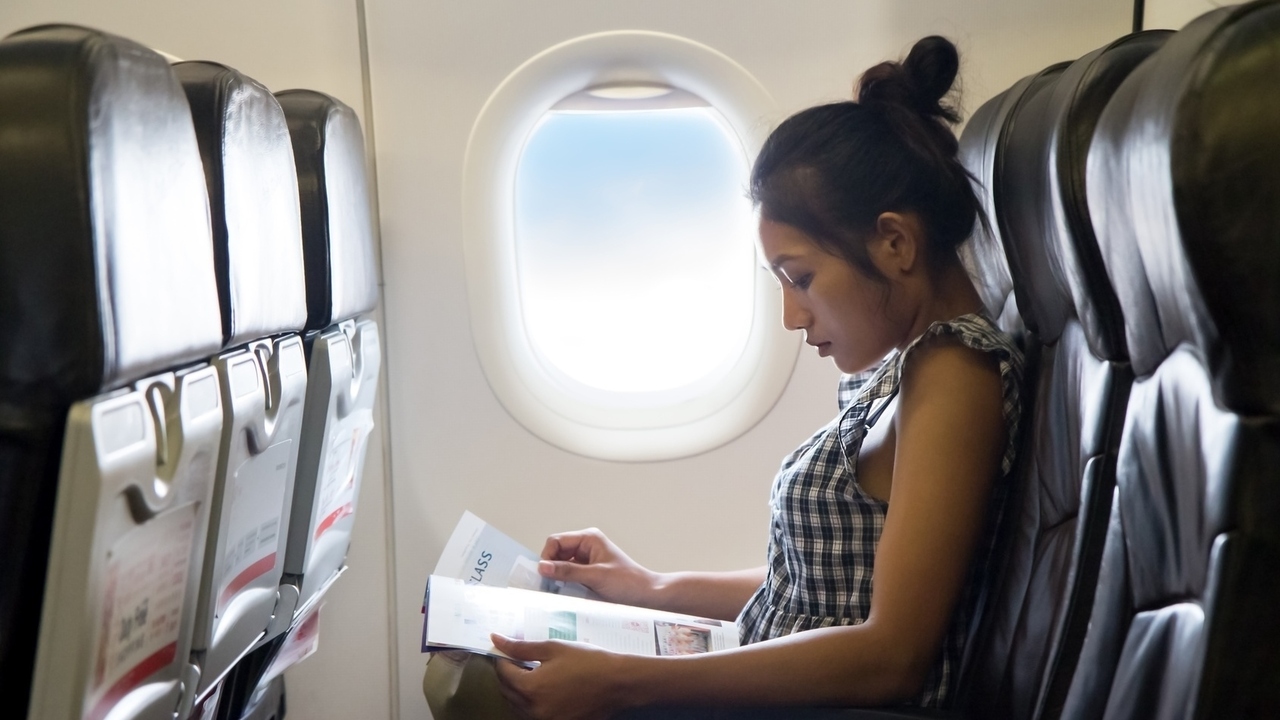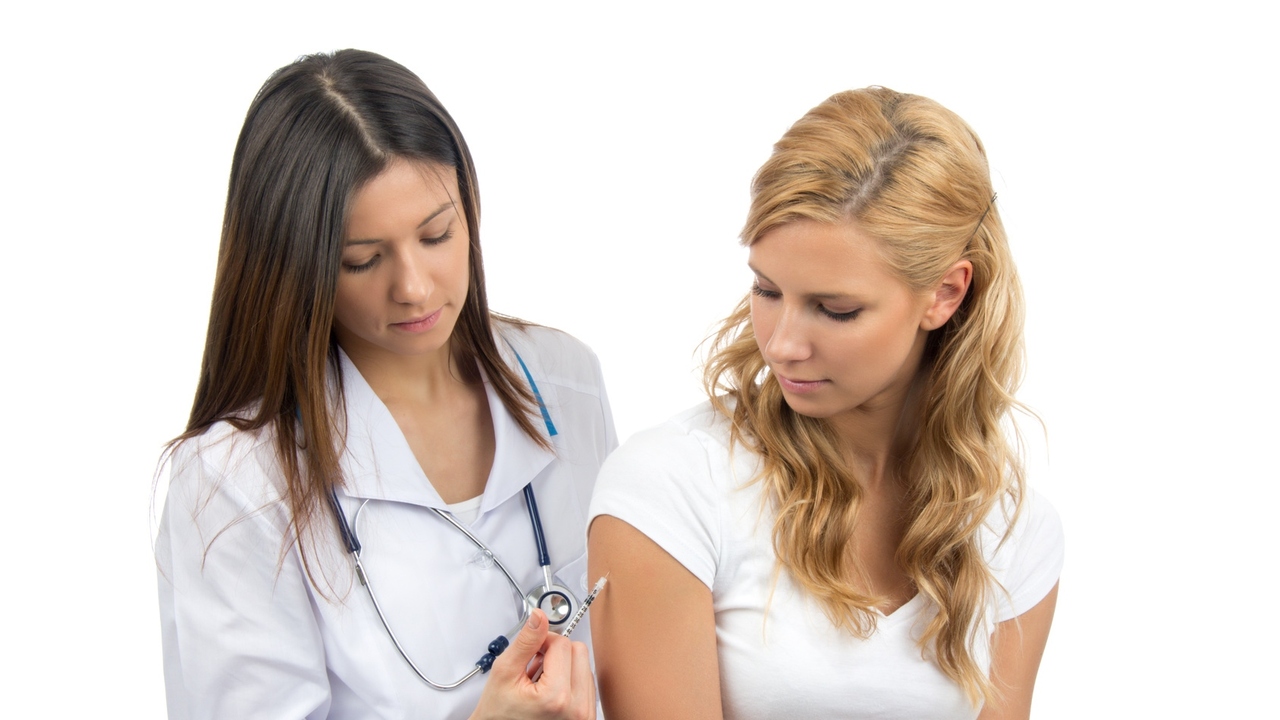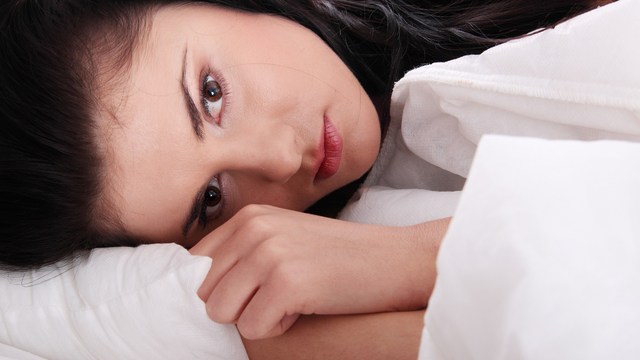For people with sleep apnea, getting a good night’s rest is a challenge on the best of nights. If you have sleep apnea, there are a variety of treatment options for you to consider.
Sleep apnea, also called obstructive sleep apnea or OSA, is a condition that causes people to stop breathing for several seconds or longer while they are asleep. People with sleep apnea are often told by their sleep partners that they snore, often loudly. They also frequently wake up tired and may have trouble staying awake during the day. Sleep apnea happens when the muscles in the back of the mouth and throat relax during sleep, allowing the airway to close down.
The traditional treatment for sleep apnea is Continuous Positive Airway Pressure or CPAP. In this treatment, a CPAP machine pushes air through a hose and into a mask patients wear strapped tightly over the face or nose. The machine provides enough pressure to force the airway in the mouth and throat to stay open which enables the wearer to continue to breathe normally while sleeping. Worn correctly, CPAP is an effective way to treat sleep apnea. But many patients find that the mask is uncomfortable or slips during sleep which allows the needed air pressure to escape.
The good news is there are FDA approved alternatives to the traditional CPAP machine:
• Combination CPAP and Oral Device – The CPAP Pro attempts to improve on the traditional CPAP machine by replacing the headgear and mask with a custom fitted mouthpiece. This oral device fits over the upper teeth. A bracket on the front of the mouthpiece holds two small hoses that fit into the nostrils to supply the air pressure from the CPAP machine. They manufacturer claims that because the upper jaw is always in the same position relative to the nose the nasal tubes won’t become dislodged, even if you move around in your sleep.
• Oral Devices – Other oral devices eliminate the CPAP machine by adjusting the position of the mouth during sleep. Some devices are designed to fit over both the top and bottom teeth to hold them in a constant position. This prevents the lower jaw from dropping toward the back of mouth during sleep, which can contribute to blocking the airway. Others use negative pressure to hold the tongue in a forward position.
There are many brand names and manufacturers for these devices, including the Center for Sleep Apnea’s CSADA, the OASYS Oral/Nasal Airway System, and SomnoGuard AP. Most are fitted by a dentist who is knowledgeable in alternative treatments for sleep apnea.
Sources:
I Hate CPAP Website
CPAP Pro
Center for Sleep Apnea





Add a CommentComments
There are no comments yet. Be the first one and get the conversation started!